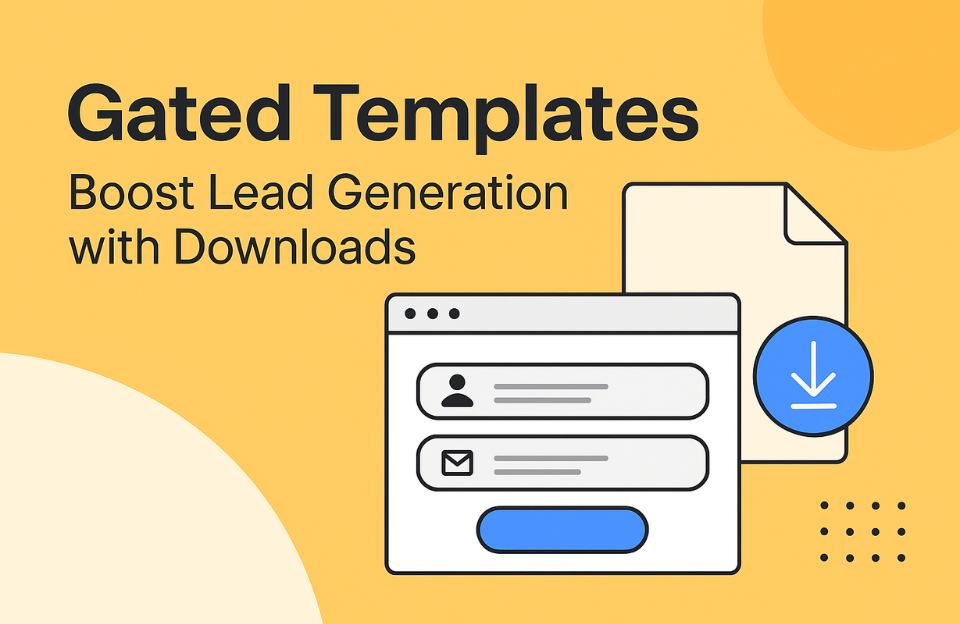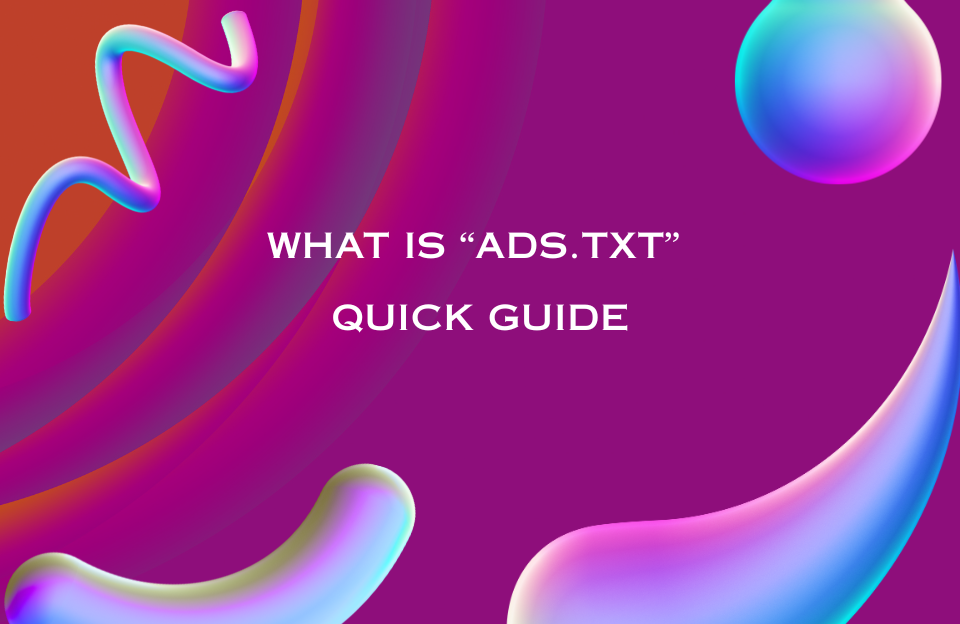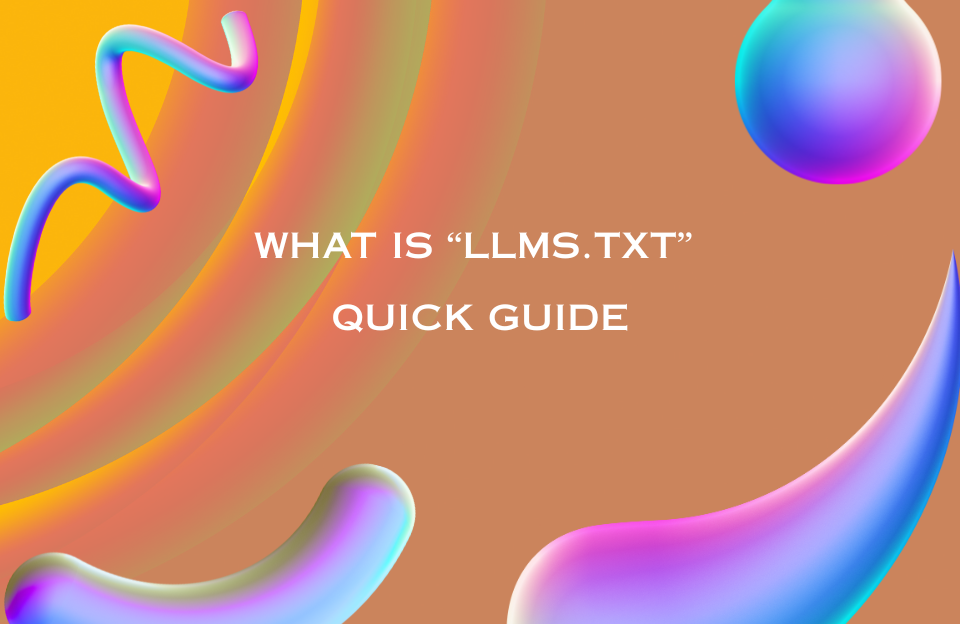What Are Gated Templates?
Gated templates are downloadable resources—such as spreadsheets, checklists, guides, or creative files—that are only accessible after a visitor fills out a form, typically providing their name and email address. This exchange transforms anonymous visitors into leads and feeds directly into your email marketing or CRM system.
Templates work particularly well because they offer practical, actionable value. Unlike long-form gated whitepapers that require reading time, a template often provides an instant solution—making it more appealing to busy professionals or entrepreneurs looking to solve a problem quickly.
The Psychology Behind Gated Templates
Why are people willing to give up their email for a template? It comes down to perceived value and instant gratification. A well-positioned template promises immediate help—without the time investment of reading or watching. It triggers the psychological principle of reciprocity: users feel inclined to “give something” (like their email) in exchange for something useful.
Additionally, scarcity and specificity boost conversions. If your landing page communicates that the template is exclusive, niche-specific, or only available for a limited time, users are more likely to act. Personalizing the offer to match the user’s intent—based on blog content or search keywords—can also significantly improve form completion rates.
Real-World Examples of Gated Template Success
1. HubSpot – Marketing Plan Templates
HubSpot offers a suite of free downloadable templates—including a full marketing plan, buyer persona template, and budget tracker. These gated resources are used as lead magnets on blog posts and landing pages. The result? Millions of leads annually, with users funneled into relevant nurturing workflows based on what they download.
2. Notion – Weekly Planner & Goal Tracker
Notion leverages gated templates to attract productivity-focused users. By requiring an email address to access curated workspace templates, they create a list of highly qualified users likely to upgrade to paid plans. The templates demonstrate product value while gathering leads at the same time.
3. Canva – Content Calendar Template
Canva targets marketers and social media managers with a downloadable content calendar template. It’s promoted via blog articles and Pinterest ads. Once the user signs up, they gain access to the template inside Canva, which also increases platform adoption and retention.
Integrating Gated Templates into Email Flows
Don’t let the interaction end at the download. The true power of gated templates lies in what happens next. Here’s how you can build a conversion-focused email flow:
- Welcome Email: Deliver the download link and restate the value.
- Day 2–3: Share tips on how to use the template effectively (e.g., a video tutorial or bonus checklist).
- Day 5: Offer a related resource or upsell based on the template’s topic.
- Day 7–10: Ask for feedback or suggest booking a call/demo if applicable.
Using email segmentation, you can tag leads by the template they downloaded and customize your communication accordingly. This improves open and click-through rates and helps qualify leads for sales follow-up.
How to Build a High-Converting Gated Template Funnel
- Choose a relevant pain point: Select a topic that addresses a clear need in your audience’s workflow.
- Create the template in an editable format: Use tools like Google Sheets, Notion, Figma, or Canva.
- Design a visually clean landing page: Keep the message simple and benefit-oriented.
- Include social proof: Mention number of downloads or reviews if applicable.
- Integrate with automation: Use email tools like Mailchimp, ConvertKit, or HubSpot to deliver the template instantly and tag the user.
Tips for Promoting Your Gated Templates
- Write a blog post that targets a keyword and embeds the template opt-in as a contextual CTA.
- Run a targeted ad campaign on LinkedIn or Meta with a lead-gen form.
- Share previews or use-cases of the template on social media platforms like Instagram, Twitter, or Threads.
- Feature the gated asset on your homepage or in your site’s resource center.
- Use remarketing to target users who visited the landing page but didn’t convert.
A/B Testing Your Gated Content
To truly maximize conversions, test different variations of your template offer. You can run A/B tests on:
- Headline copy: Try benefit-driven vs. curiosity-driven titles.
- Form length: Test 2-field forms versus 3 or more.
- Template format: PDF vs. Google Sheets vs. Canva links.
- Visual previews: Test with and without a screenshot or sample image.
- CTA button text: “Download Now” vs. “Get My Free Template” vs. “Access Template”
Use analytics tools or your form platform’s built-in reports to determine what performs best. Even small tweaks can result in significant gains in form completions and email sign-ups.
Analytics & Performance Tracking
Measuring success is critical to optimizing your gated content strategy. Track these key metrics:
- Landing page conversion rate (visitors vs. completions)
- Email open/click rates of the follow-up sequence
- Download completion rate (did they actually access the file?)
- Lead-to-customer conversion rate (if applicable)
- Time on page and bounce rate (to evaluate page quality)
Tools like Google Analytics 4, Hotjar, ConvertFlow, and your email provider’s analytics suite can help you measure and iterate.
SEO Considerations for Gated Templates
Although the actual template file is hidden behind a form, the surrounding content should still be optimized for search engines. Here’s how:
- Optimize the landing page: Use keyword-rich titles, subheadings, and metadata.
- Offer a preview: Share a partial version or sample screenshot that gives users (and search engines) a sense of the value inside.
- Internal linking: Link to the gated page from related blog content and high-authority pages.
- Track performance: Use UTM tags and conversion tracking to evaluate which sources drive the most engaged leads.
Conclusion: Why Gated Templates Should Be Part of Your Marketing Stack
Whether you’re a SaaS company, freelancer, agency, or e-commerce business, gated templates offer a practical, scalable way to grow your email list and qualify leads. They are easy to create, offer immediate value, and can live at the heart of your content marketing strategy. With proper SEO, thoughtful UX, and automation in place, a single template can drive conversions for months—or even years.
If you’re looking to improve your lead generation strategy, gated templates are a great starting point. Focus on solving a real problem, keep your messaging clear, and ensure a seamless user experience—from form to delivery. When done right, this simple tactic can deliver lasting results with minimal ongoing effort.




